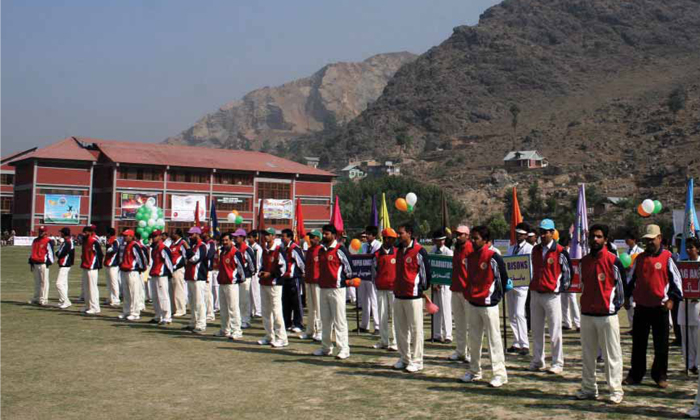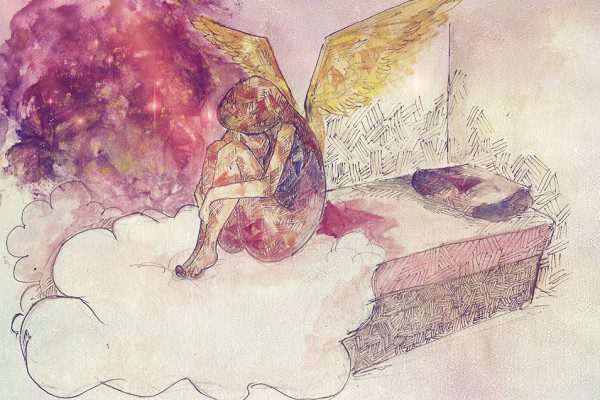The cricket bat industry is not exactly Kashmir’s rabbit hole; it is a faraway place of miracle workers, unhindered and unmoved by the scars of a bloody conflict. These magicians have been sculpting cricket bats, day in and day out, as a token of love for sports enthusiasts from far off lands, for decades now. Said to employ around 10,000 Kashmiris, the industry churns out some 50,000 bats every year. Mongoose, long handles, short handles, autographed bats… you name it, they make it.
While pundits and international cricketers recommend and use only English willows, it is to be noted that grade 2 and grade 3 English bats are actually manufactured in Kashmir. SG, Kookabura, GM and many more use the Kashmiri willow.
But alike all in the scarred land, the fate of the cricket bat industry is reliant upon a much larger political game. It is a breathing symbol of the two decade old conflict in the state. Over the years, there have been many factors affecting the means of livelihood of the cricket bat manufacturers, apart from the turmoil. The earthquake, 26/11, every other blast in the country and events in Pakistan as well.
Yet the bat manufacturers in Kashmir continue to ply their trade, even though the locals are yet to economically benefit from the game.
Fayaz Ahmed Gashoo, a young boy from Baramulla district of Srinagar, was extremely passionate about cricket. An all-round cricketer, Gashoo could bowl so fast that he drew comparisons with the West Indian legend, Malcom Marshall. Friends and relatives referred to him as ‘Fayaz Marshall’. He was selected twice to represent J&K in the Ranji Trophy but on one fine Saturday afternoon in 1990, as he was waiting for the bus, a CRPF convoy picked him up. The fast bowler has never been seen since. His parents believe that their youngest son was killed.
Kashmir, I believe, has always been in love with cricket. Their Ranji teams, over the years, have boasted of some exceptional players like Abid Nabi, Arshad Bhatt, Sameer Ali, Vimarsh Kaw among others. And of course, how can one forget Khursheed Drabu; one of the finest fielders and a tracer bullet between the wickets.
When Lt General Syed Ata Hasnain took over as General Officer Commanding of Jammu & Kashmir in 2010, the Indian Army was struggling to contain the stone pelters. He pulled out an unusual rabbit out of his beret to control dissenting action – Cricket. His fatigued orthodox colleagues probably mocked him, but his decision stands as one of the most daring attempts by the army anywhere in the world to arrest conflict.
The young Kashmiri would watch the IPL in awe and wonder if ever the tournament’s rub-off would extend to him. They needed some alternative to keep their hands off the stones, to keep them off the streets, and the General played a master stroke here: he blended the bitter and harsh realities into a cricket tournament that would ensure participation of all the districts, engage the youth and give them a different connotation of the term “target”. This effort is now known as the Kashmir Premier League (on the lines of the IPL).
By the time KPL ended, a total of 193 teams participated, around 4000 young Kashmiris had been engaged… it was a welcome relief from the regular sight of tear gas shells and bullets. Last year, when a few Rotarians from Kolkata went to play a few exhibition matches against the Kashmiri teams, non-strikers would usher incoming batsmen with a “Welcome to Australia” smile. Such is the talent of the Kashmiri youth. The visiting team did achieve a few things: they recognised the fact that Kashmiris are just like the rest of us, that there are only 3 turf wickets in the entire region and that, if given the opportunity, they are better than a few, at least.
Although the army’s KPL venture as an effort to crystallise peace in Kashmir is worthy of praise, the youth still cannot trust the trigger-happy soldiers. Recently, during a KPL match played at the Kashmir University, the J&K police opened fire and abused the cricketers after a ball landed in the garden of the Vice Chancellor. This led to protests and shouting of pro-freedom and anti-police slogans from the students.
Cricket in Kashmir has always been bittersweet… the game has always enjoyed a love affair with the Kashmiris, but the cricketing Kashmiri was never encouraged to embrace his love. He needs to be motivated… as he is still simple-minded to the world and plays the game as it should be.














